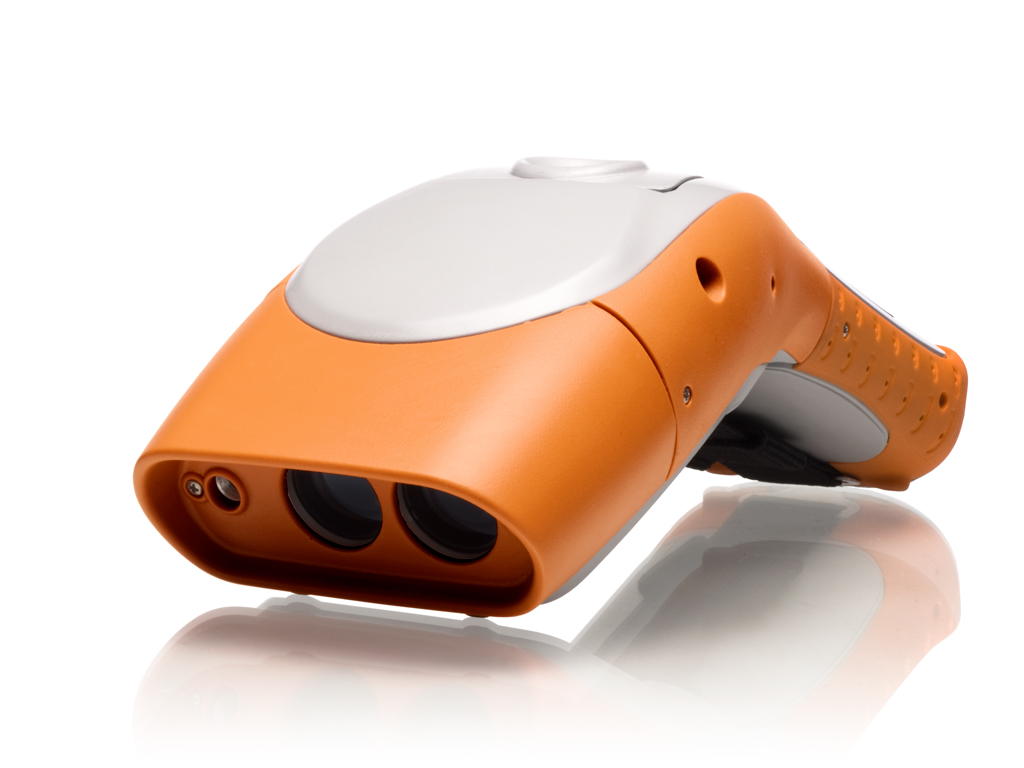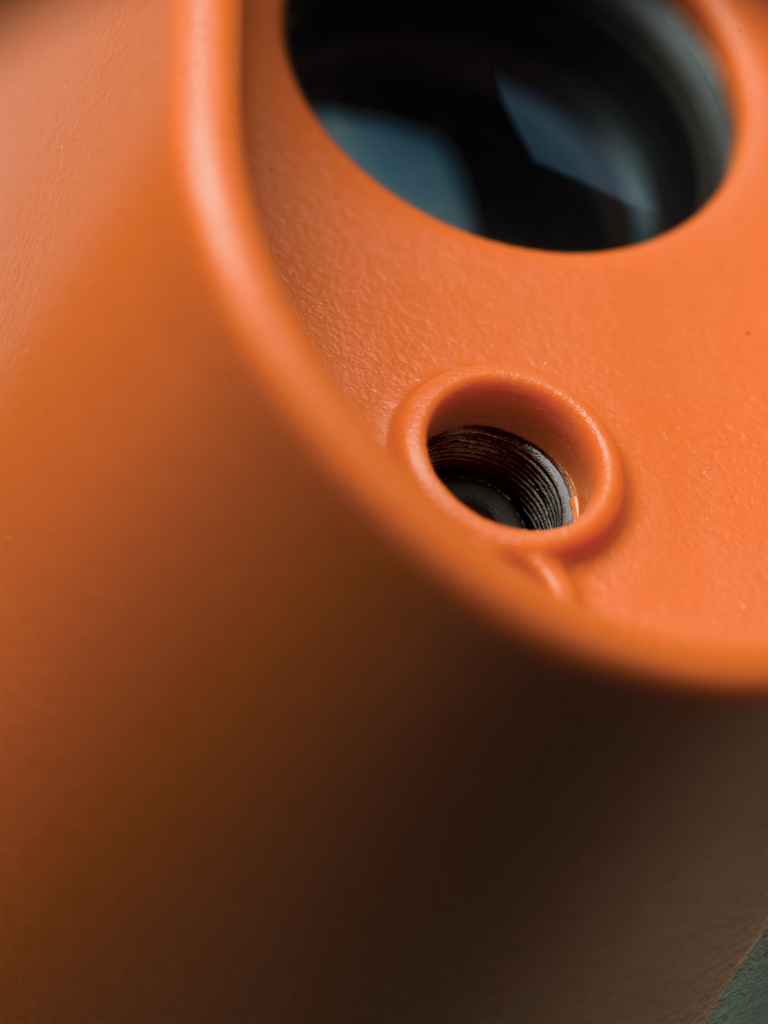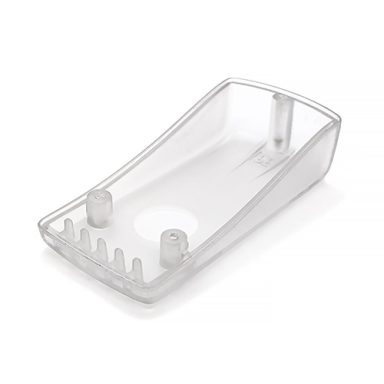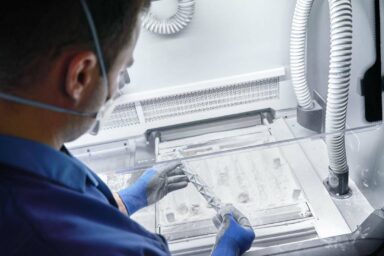Prototype Injection Tooling & Moulding
From Conception to Completion
At Formero, we’re able to work with you from prototype to production, reducing lag time in communication between multiple suppliers, and eliminating the Blame Game often played when working with multiple companies.
Prototype Injection Tooling & Moulding
At Formero, we specialise in providing high-quality Prototype Injection Moulded parts using advanced injection moulding technology. Our capabilities extend to a wide range of plastic and elastomeric materials, ensuring that we can meet the diverse needs of your projects.
Our comprehensive services include CAD design, CAM, CNC machining, single and multi-cavity tools, Moldflow®, insert and over-moulding, and finishing. This ensures that we can support every stage of your project, from initial concept through to final production.
Located in Melbourne, our experienced team is dedicated to guiding you through the entire process. By working closely with you, we ensure a service that is not only cost-effective but also timely and reliable. Whether you need a single prototype or a small production run, Formero is here to help bring your ideas to life with precision and efficiency.
Prototype Injection Tooling
At Formero, we understand that successful product development requires more than just high-volume production. That’s why, in addition to large manufacturing quantities, we also offer prototype / short run injection moulding—a preferred method that not only helps engineers and designers confirm part quality but also delivers real-world parts quickly.
Prototype injection moulding serves as a crucial bridge to production, minimising risks and enhancing product validation long before mass manufacturing begins. It’s an invaluable step that ensures your designs are thoroughly tested and perfected before entering the production phase.
Prototype and short run injection moulding is ideal in many situations where rapid entry to the market or pre-production samples are required. Whatever your design stage, Formero is here to support you with our comprehensive prototyping services.
Benefits of Using Injection Tooling for Prototyping:
Cost Reduction: By leveraging injection tooling for prototyping, we help you reduce overall costs associated with the prototyping phase.
Functional Testing: Our process facilitates functional testing using end-use materials, providing you with accurate insights into your product’s performance.
Faster Feedback: With Formero’s prototype injection tooling, you receive product feedback faster, enabling you to make timely adjustments and improvements.
Minimised Challenges: Anticipate and address unforeseen challenges early in the development process, minimising disruptions during production.
Formero is committed to delivering excellence in both high-volume production and prototype injection tooling. Contact us today to explore how our prototype injection tooling services can elevate your product development journey.
Ready to speak with us?
If you have questions please feel free to contact us.
Frequently Asked Questions (FAQ)
Prototype Injection Tooling & Moulding focuses on producing a small number of parts for testing and validation purposes before committing to mass production. This process is typically faster and more cost-effective than normal injection tooling and moulding, which is designed for large-scale production runs. Prototyping allows for design adjustments and material testing, ensuring the final product meets all specifications before full-scale manufacturing begins.
At Formero, we offer a wide range of plastic and elastomeric materials for prototype injection moulding. This versatility allows us to meet the specific needs of your project, whether you require materials that offer high strength, flexibility, heat resistance, or other properties. Our team can help you select the best material for your prototype to ensure it performs as expected in real-world applications.
Injection moulding is utilised in a wide range of industries, including aerospace, medical devices, consumer goods, electronics, automotive, robotics, toys, and more.
While 3D printing is a great choice for rapid prototyping and short-run production, prototyping with injection moulding offers a significantly wider array of materials, finishes, and textures that other methods cannot match. Also, injection moulding in the prototyping phase allows you to fine-tune your design in a way that seamlessly translates to mass production. This process is ideal for those looking to take their product from concept to large-scale manufacturing. Many of our clients start with 3D printing to create their initial prototypes but later move to injection moulding as they gear up for full-scale production and realise their product’s final vision.
The duration of the prototype injection tooling and moulding process can vary depending on the complexity of the design, the materials used, and the specific requirements of your project. However, our Melbourne-based team is committed to providing a timely service. By leveraging our advanced capabilities in CAD design, CAM, CNC machining, and Moldflow® analysis, we streamline the process to deliver your prototypes as quickly and efficiently as possible.
The injection moulding process works by injecting melted plastic into a steel injection tool (or mould cavity) – allowing it to form a specific shape when it cools and hardens.
Before deciding on an injection moulding tool for the project, one of the most important first steps is the creation of the prototype or part design using CAD software. Next, the right material is selected based on the desired properties and functions of the final product. Rubber injection moulding and the use of other plastic materials are often used for prototype production, as the material can be easily manipulated to create complex designs. Once these steps are completed, the tooling process begins, where the design is fed into an injection moulding machine.
These injection moulding machines utilise a combination of heat and injection pressure to melt plastic pellets. This molten plastic flows into a mould tool, which is made up of two halves that fit together and can be opened and closed. The type of plastic used depends on the requirements of the part.
An injection moulding machine is a piece of machinery used in the manufacturing process of plastic parts by injecting molten material into a mould tool. It is mostly made up of two parts – the injection unit and the clamping unit, which both have unique functions and work together to create the final product.
Micro injection moulding is a specialised form of injection moulding that is used to manufacture miniature parts and components with high precision. It employs the same basic principles as standard injection moulding, but the machinery, tools, and moulds used are tailored to produce extremely small parts, often with intricate designs.
The wall thickness of a part significantly impacts the effectiveness and efficiency of the injection moulding process. The maximum recommended wall thickness will differ depending on the material being used. You can contact our team to discuss your individual requirements.
Moulding condition refers to the various parameters that can be manipulated in an injection moulding machine, such as injection speed, temperature, pressure, and cooling time. These conditions can greatly impact the final product’s quality, so ensuring optimal moulding conditions is crucial for successful production.
Multiple cavity moulds are used in injection moulding to produce multiple parts at once. This is achieved by having multiple cavities (impressions of the final product) within a single mould tool. The number of cavities per tool will depend on the size and complexity of the individual parts. Using multiple cavity moulds can significantly increase production efficiency and reduce costs.
Sink marks are defects that can occur in injection moulding, typically appearing as small depressions or indents on an otherwise flat surface. These marks occur when the outer shell of a moulded part cools and solidifies before the inner, thicker sections. As these sections finally cool, they shrink, pulling the outer surface inward and creating a sink mark. Proper design, uniform wall thickness, and optimal moulding conditions can help minimize the occurrence of these defects. Our team can discuss these with you during the ordering process.




